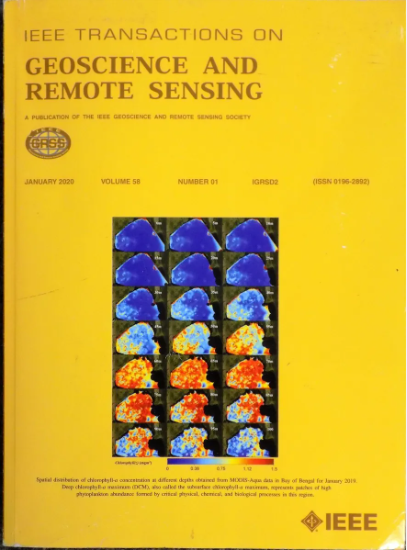Improving Model-Based Carbon Dioxide Datasets Using Deep Learning and Satellite Observations
IF 7.5
1区 地球科学
Q1 ENGINEERING, ELECTRICAL & ELECTRONIC
IEEE Transactions on Geoscience and Remote Sensing
Pub Date : 2025-03-31
DOI:10.1109/TGRS.2025.3556309
引用次数: 0
Abstract
Long-term and regular monitoring of atmospheric carbon dioxide (CO2) is crucial to meet the goals of the Paris Agreement. The satellites reliably estimate atmospheric CO2 concentrations. However, their limitations, such as infrequent revisit periods and atmospheric challenges, create significant spatiotemporal gaps in their data. Additionally, the satellite-based CO2 products are not long-term. On the other hand, the model-derived CO2 data products have an advantage over the satellite datasets in terms of temporal coverage and temporal resolution. However, these model datasets are less consistent than the satellite observations. Using satellite retrievals to enhance model-derived CO2 measurements can produce long-term, more consistent datasets. Therefore, in this study, we developed a deep learning-based hybrid model by combining the convolutional neural network (CNN) and the long short-term memory (LSTM) network to improve the quality of the column-averaged dry-air mole fraction of CO2 (XCO2) estimates from the CAMS-EGG4 reanalysis dataset (from 2003 to 2020) using the Orbiting Carbon Observatory 2 (OCO-2) satellite observations. The proposed model achieved high accuracy, with a coefficient of determination (求助全文
约1分钟内获得全文
求助全文
来源期刊

IEEE Transactions on Geoscience and Remote Sensing
工程技术-地球化学与地球物理
CiteScore
11.50
自引率
28.00%
发文量
1912
审稿时长
4.0 months
期刊介绍:
IEEE Transactions on Geoscience and Remote Sensing (TGRS) is a monthly publication that focuses on the theory, concepts, and techniques of science and engineering as applied to sensing the land, oceans, atmosphere, and space; and the processing, interpretation, and dissemination of this information.
 求助内容:
求助内容: 应助结果提醒方式:
应助结果提醒方式:


